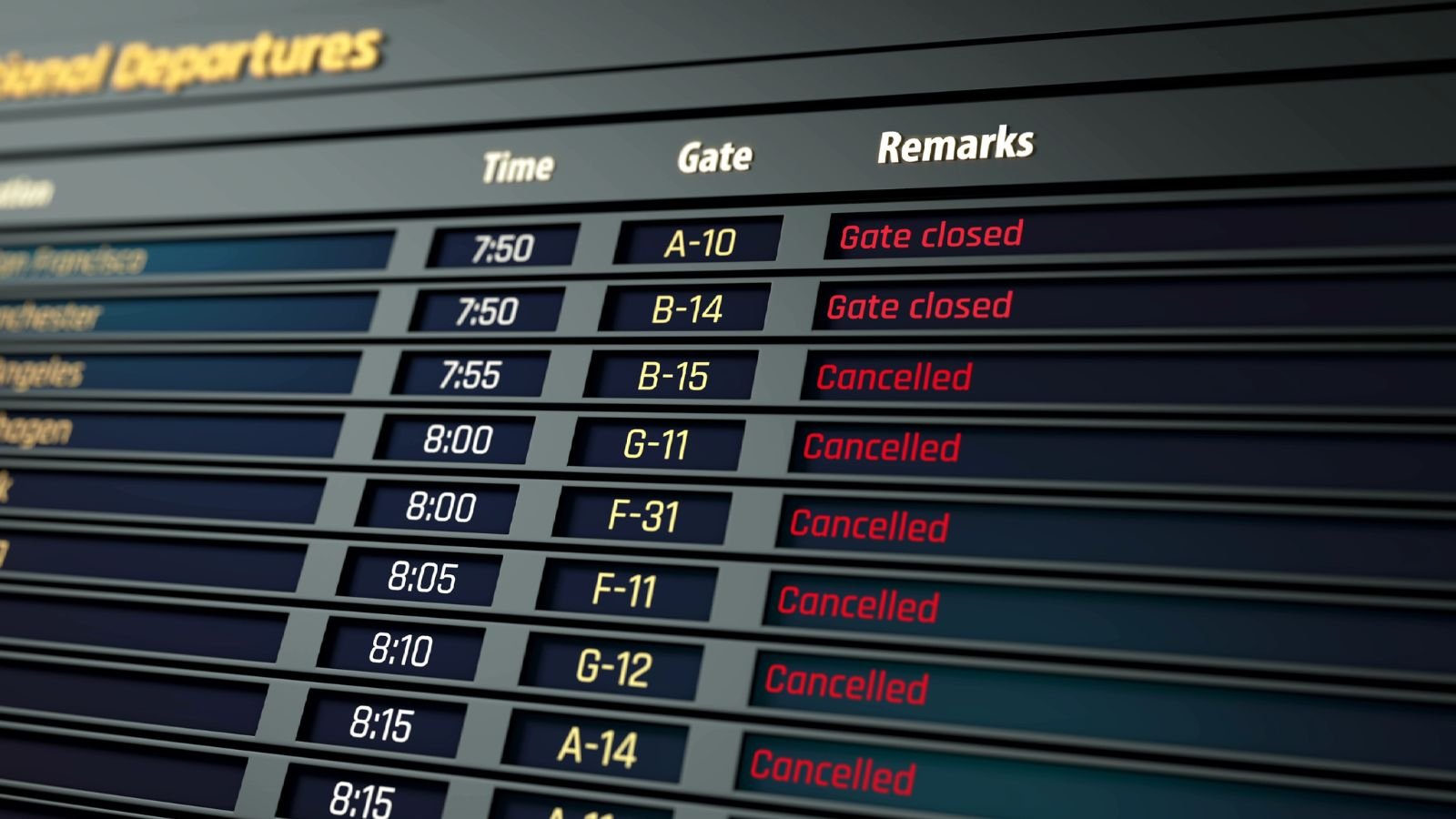Every airline and airport operations director starts the new year full of hope and expectation that on-time performance and dispatch reliability will be better than last year, but this hope can be dashed quickly. In the case of the US market so far in 2024, a combination of Boeing and some awful weather have already hit hard; snow storms in January are a given but Boeing’s B737-900 Max and now ER issue haven’t helped the cause.
Tracking the data of the major carriers since the turn of the year, we’ve looked at the cancellation rates by day for each one. As you would expect, for a few airlines the first three weeks of the year have been a bit challenging!
For Alaska Airlines, where nearly 25% of the fleet are B737-900 Maxs, the grounding of this aircraft and subsequent engineering checks are clearly hurting. Just over 12% of all flights have been canceled between 1st and 21st January, and that has been a consistent level of cancellation aside from the 17th and 18th January when bad weather just added to their woes and rates went above 20%. United, the other impacted carrier has been running with around a 7% cancellation rate, although that also spiked mid-month for similar reasons.
Meanwhile, for JetBlue the last few weeks haven’t all been bad news, their cancellation rate is the lowest of all the majors, surpassing that of Delta Air Lines who normally peak in such performance metrics. Delta will point out that OTP is a yearly marathon, not a sprint! Every cancellation means lost revenue for an airline and undoubtedly both Alaska and United will have their calculators out and Boeing will be making even more provisions. Ultimately though, all three parties would prefer not to encounter anything like this in the coming weeks.
As for future cancellation rates, there is one ray of hope for both, February is two days shorter than January…although still one day longer than normal this year!



